15 April
In Manakara, we are staying at the Parthenay Club, a hotel right by the beach. In fact, we were having trouble sleeping during our first night, because the Indian Ocean is just too loud. And for somebody who likes to go to sleep to the sounds of her Ocean-Surf-CD, that is saying a lot!
Anyway, we have breakfast and then drive to meet our guide for the morning's excursion on the Pangalese Canal. This canal stretches over 600 km all the way up to the North of the island and is an important for trade and fishing. We will only spent about an hour on its waters.
Our guide is Benoit, an English teacher from in town, who apparently always gets called when there are English-speaking tourists to show around. We take a wooden pirogue and the boatmen row us slowly along. The water on the canal is calm, but it is a windy day, and when we take a short walk along the ocean, it is hard to believe that fishermen go out to sea in their little vessels, that are nothing but a hollowed out tree trunk.
Traditional fishing village with huts built from palm leaves. Benoit explains that the huts are mostly used as a place to sleep and that village life is very communal, with people sharing their resources and space outside. He mentions that this may partly be because any of the cyclones that sweep the coast here early each year may blow your house away, and so it does not make good sense to keep many valuables locked away or to give too much importance to your abode.
The children here, same as anywhere else, very much insisted on having their picture taken. And sharks are frequently caught by the local fishermen.
Pirogues
For lunch, we go to a restaurant where they served hygienic drinks and delicious Rougaille Saucisse (sausages in a gingery chili and tomato sauce). I cannot remember the name.
There are a raggedy-looking man and two women with scrubby kids who are lurking around the vicinity of the restaurant patio. When the punters at the table next to us are about to leave, we realize why they are hanging around. Each of them has a plastic bag that they hold open for the leftovers. It breaks my heart to see these people having to beg for food like this, but on the other hand I admire their enterprising spirit and organizational skills, what with waiting right by the source and actually remembering to bring a bag! So when Marco and I are finished eating, we also give our remaining rice and meat away, bones and all. I think about how passing somebody a chicken bone that I personally would probably throw out may be a bit presumptuous, but then I remind myself how here in Madagascar, nothing is ever wasted, and I am sure somebody will probably pick the last bit of meat from the bones and then use them to make soup.
This is what it looked like in Manakara.
And this is the beach.
The empty swimming pool at the hotel.
The hotel bar, with jar after jar of Rhum Arrangé. This is a very typical drink for Madagascar, which has a thriving rum industry. The rum is infused with fruits or spices, which are more or less being pickled in the alcohol - for a very long time.
16 April
We are back on the road to make our way to Ranomafana National Park. It is 8 am and the temperature has already reached 30°C. It is a hot winter in Madagascar!

There will me more lemurs tomorrow! Yay!
For earlier stages of our trip, have a look here:
And for later ones here:
© Annika - All The Live Long Day (unless otherwise stated)













































































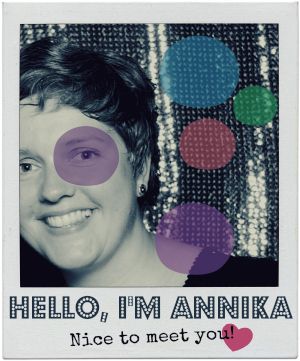












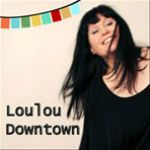
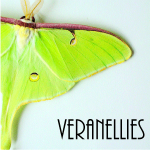


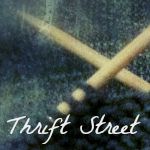
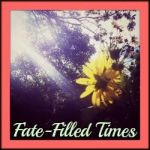





Gosh, it looks like it was a BEAUTIFUL trip. I madly in love with all the details in these photos, so special! ♥
ReplyDelete